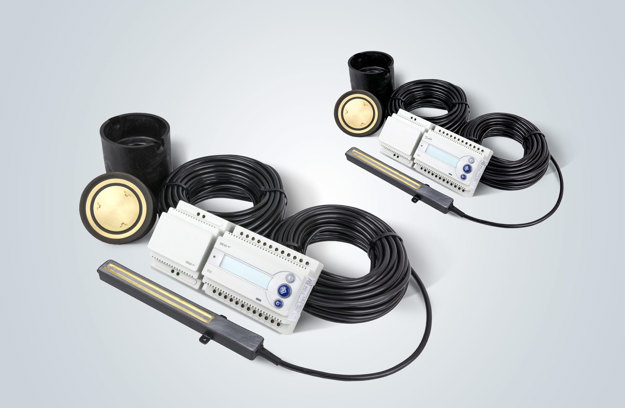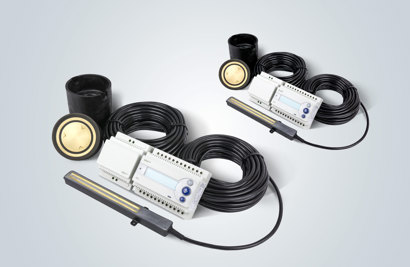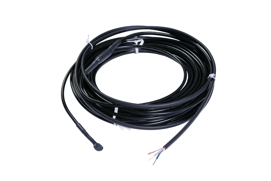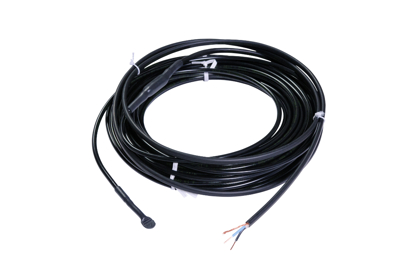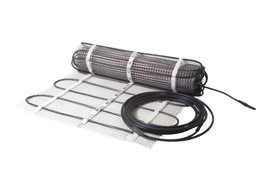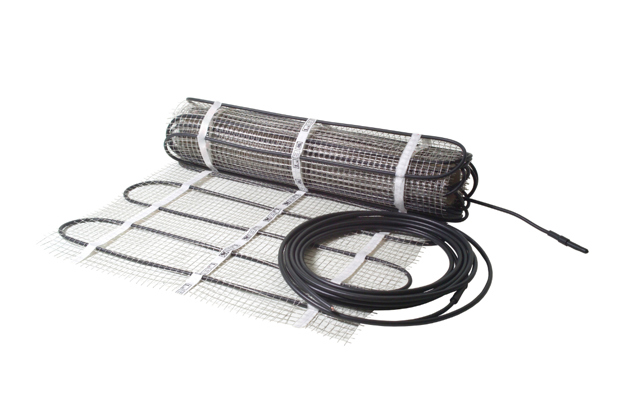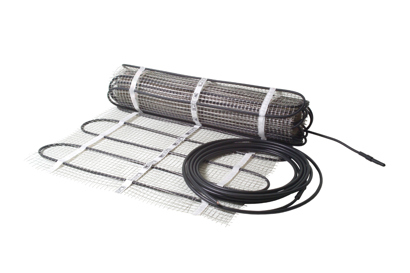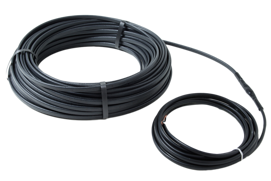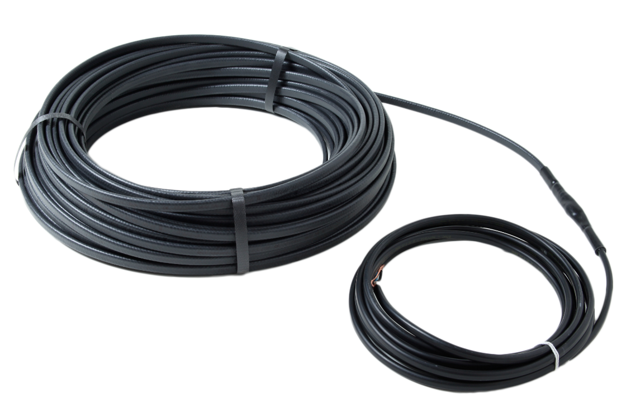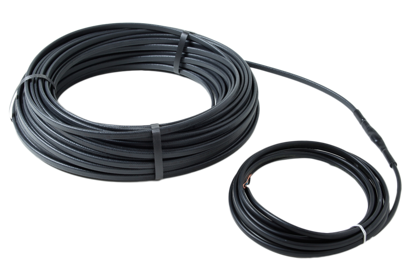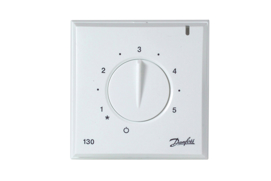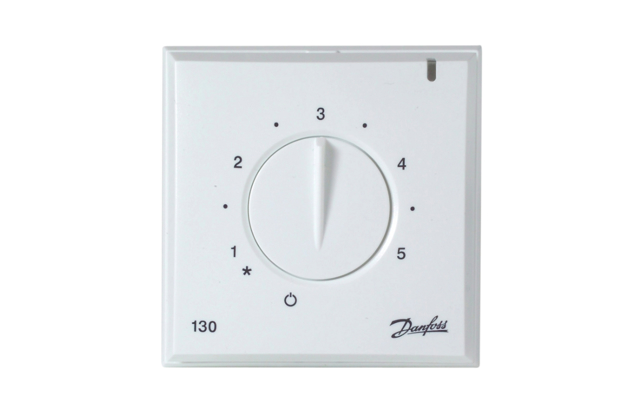An energy efficient approach to electric heating
With energy costs – including the cost of electricity – rising in most European countries, the last thing on peoples’ minds might be switching to electric heating as a primary or comfort heating source for their homes. But could it be that electric has much more potential than people think?
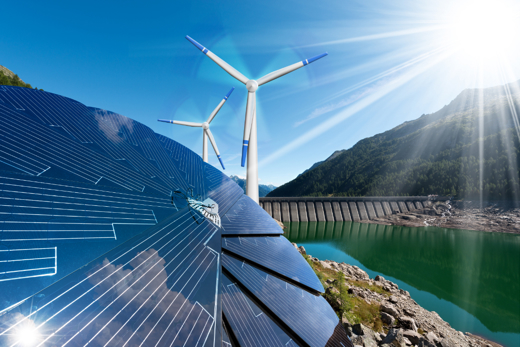
European Commission targets
The European Commission has set a target for 40% of residential heating to be sourced from electricity by 2030, and up to 70% by 2050.
The thought behind this is that if electricity is supplied by renewable energy sources, it represents a more environmentally-friendly power source than fossil fuels and a way for us to significantly decrease CO2 emissions and mitigate climate change.
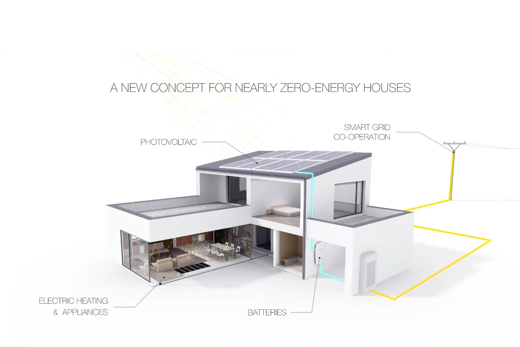
Step to net zero
This is a critical step on the path to net zero, which is why the Commission aims to meet 84% of electricity demand with electricity from renewable energy sources by 2050 and mitigate climate change.
Electric underfloor heating plays a central role in these plans. Research shows that the most cost-efficient heating solution for highly insulated residential buildings is electric underfloor heating used in combination with photovoltaics.

Benefits of electric underfloor heating
A comfortable ambient temperature and quick response time are just a couple of the benefits electric heating offers. Learn more about these and other benefits of electric heating.
A heating solution for today and tomorrow
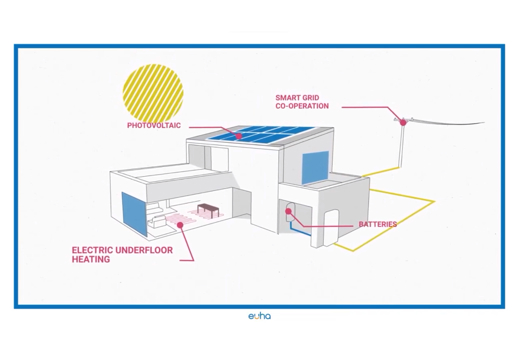
To meet the European Union’s ambitious climate targets and reduce our dependency on fossil fuels, we need to make residential buildings more energy efficient. This involves improving building insulation and increasing on-site production of renewable electricity, so residential buildings can eventually be self-sustaining, using energy they produce themselves.
Electricity-based space heating technology, including electric underfloor heating, will play a vital role in this transition. If you calculate in the fact that electric underfloor heating is projected to be cheaper for consumers than traditional gas, liquid and solid fuel technologies, it’s clear that electric underfloor heating is an energy- and cost-efficient option for a home heating solution. The future is indeed electric.

Solar-powered heating
Find out how the combination of electric underfloor heating and photovoltaics met the energy efficiency requirements for an Energy plus, near-zero housing complex in Koblenz, Germany.
Related products
Electric floor heating
-
if (isSmallPicture) {


 Digital controllers
Digital controllersDigital controllers have unique features allowing you to reduce energy waste. Equipped with temperature and moisture sensors, control modes, and special functions, they ensure accurate temperature settings, reducing energy consumption costs by up to 40 percent.
-
if (isSmallPicture) {


 Heating Cables
Heating CablesOutdoor heating cables are used for efficient snow removal and ice prevention. They provide safety for people, buildings, and the environment. It is a sustainable solution for a green and clean future through low energy consumption during the frost period.
-
if (isSmallPicture) {


 Heating Mats
Heating MatsThe outdoor heating mats are designed for melting ice and snow and may be installed into special mastic for ground, grass and asphalt constructions. Mats are available in different lengths for two power supply options—230 and 400 V.
-
if (isSmallPicture) {


 Self-limiting cables
Self-limiting cablesSelf-limiting heating cables are designed with a temperature-dependent resistant element between two parallel copper bus wires. When the bus wires are connected to the mains, a current goes through the temperature-dependent resistant element which will then heat.
-
if (isSmallPicture) {


 Analogue Thermostats
Analogue ThermostatsAnalogue thermostats are electronic control units allowing setting the heating system type and adjustment of control parameters.
Related application
-
if (isSmallPicture) {


 Electric floor heating
Electric floor heatingElectric underfloor heating for all types of floors
Electric heating is an energy-efficient and environmentally friendly floor heating solution. It is flexible for new build homes and renovations for both wet and dry installation.
Related case stories
Coming soon...
Coming soon...


